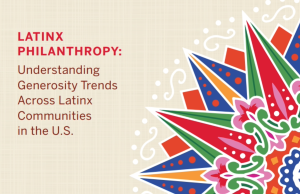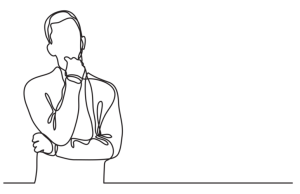Donors expect to continue giving through the end of 2021 at the same or even higher level than 2020, when charitable giving reached a record total in the United States. While 59% of donors plan to give at the same level in 2021, similar to 2020, almost one-third (31%) said they plan to increase their giving “a little” or “substantially, according to “Charitable Giving Strengthening in Post-COVID Recovery.”
That’s a 20% increase compared to the number of people who said they planned to give more last year.
The nationwide survey by DickersonBakker, a Raleigh, N.C.-based fundraising consultancy with offices in North Carolina and Texas, queried 1,149 U.S. adults online from June 4 to July 21, with a margin of error of +/- 3% at the 95% confidence level.
Only one in 10 expect to give less this year, with 8% saying they will give “a little less” and only 2% saying they expect to give “substantially less,” compared with 4% who said the same last year. It helps that almost three-quarters of those surveyed (74%) said their sense of financial security was the same or better than last year. Savings and investments increased a little (45%) or a lot (34%) in the past year for the majority of donors surveyed and 77% expect them to continue to perform as well or better in 2021 — major barometer of charitable giving.
Almost a quarter of donors (23%) cited “greater needs” as the primary reason they intend to give more. Just 1% of respondents said they believe needs have decreased. Only 1.3% of respondents said they “stretched” their giving in 2020 and did not expect to be able to continue giving at that same level in 2021. These findings were consistent, with no statistically significant differences between giving levels, demographics or geographic regions.
While 60% say the economy has mostly or fully recovered from damage done during the last 12 to 18 months, 40% say the economy is still struggling in their area. Donors in the South are significantly more likely than those in other regions of the country to say the economy in their area has largely recovered. Donors in the Northeast are more likely to say the economy in their area is recovering slowly.
Some two-thirds of donors (68%) believe that the crisis related to the COVID-19 pandemic has largely passed. Almost as many respondents say they are hardly even paying attention to news about COVID-19 anymore (28%) as those who feel it’s still a significant problem in their area (32%).
A little less than four in 10 (37%) said the pandemic impacted their giving at some level. When asked about how the pandemic may have impacted their giving to charitable organizations in 2020 compared to previous years, the majority — nine in 10 (90%)—said they prioritized giving to the nonprofits they were already supporting. Only one in 10 (10%) said they started giving to new nonprofits in 2020.
Many donors also reported some level of redistribution of their giving during the pandemic. Of all groups, major donors who were spreading their giving out over many different nonprofit groups were most likely to make shifts in their giving during the pandemic. Nearly one in three donors (29%) reported they decreased giving to some organizations and gave more to others they felt were meeting higher priority needs during the pandemic. This likely benefited those organizations providing direct human services to those most in need.
The vast majority of donors (71%) are ready for one-on-one meetings with fundraising representatives or in small groups. About six in 10 are willing to attend large donor gatherings now and almost eight in 10 (78%) expect to be ready by year-end. About one in four donors appear to be persistently reluctant to meet in large groups, with donors aged 65 to 74 being “significantly more reluctant” to attend gatherings than their younger peers; about half stated that they prefer to wait.
More than two in three donors (67%) say they have been vaccinated, which is ahead of national vaccination rates at the time the study was conducted.
Invited to participate in the survey were those understood to have donated to at least one nonprofit in 2020. Respondents’ total annual giving ranged from less than $1,000 to more than $ 1million, with the median amount given to charities at $21,000 per year. Two-thirds of respondents were faith-based givers who attend church weekly, 19% monthly or quarterly and 15% yearly or less.








